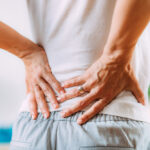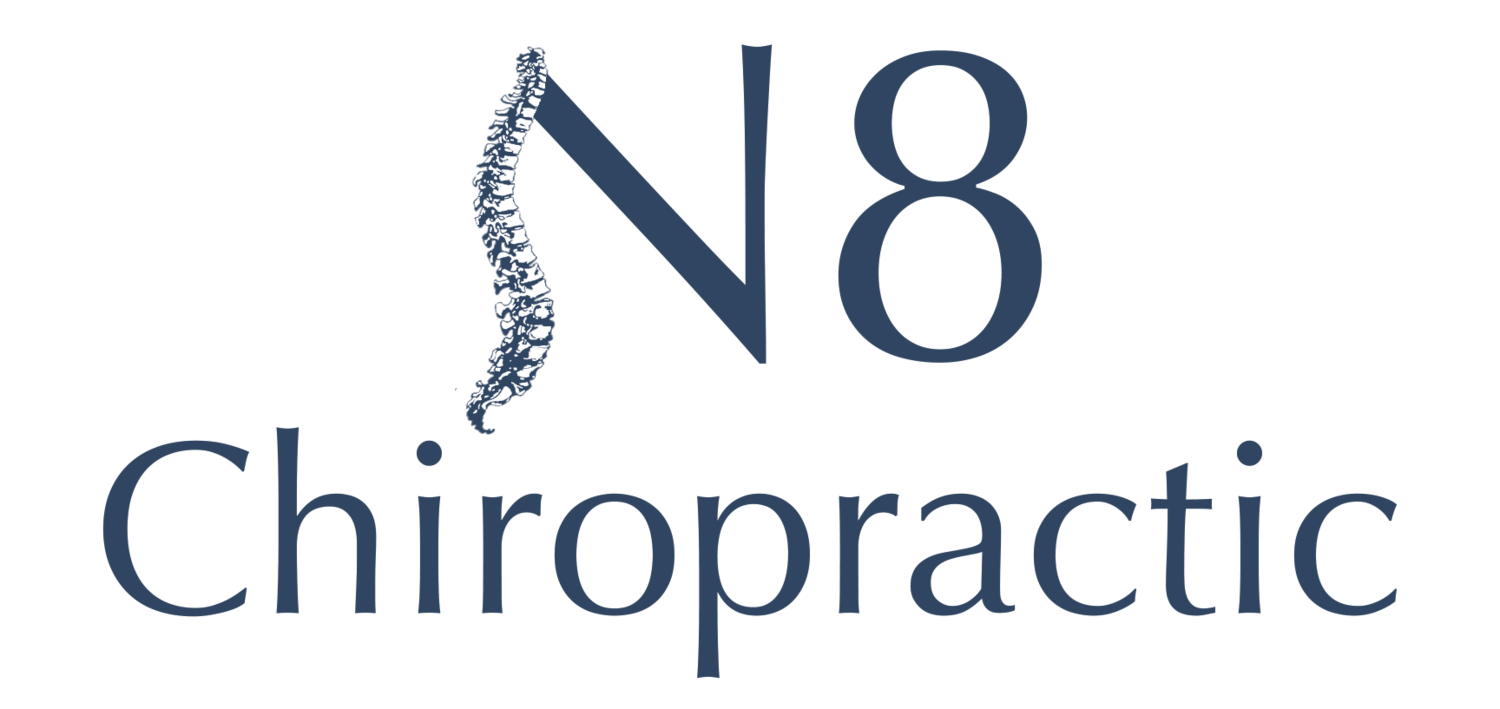
The Sacroiliac Joints – What are They?
August 7, 2023
Sciatica: Causes, Symptoms, and How Spinal Discs Are Involved
October 15, 2023Dealing with spinal disc pain can be a challenging and debilitating experience. However, surgery isn’t always the first or only solution. Non-surgical treatments offer a range of effective strategies to manage and alleviate spinal disc pain. In this blog, we’ll explore various non-surgical approaches that can provide relief and improve your quality of life.
1. Physical Therapy: Strengthening Your Foundation
Physical therapy plays a crucial role in managing spinal disc pain. A skilled therapist can tailor exercises to target the muscles supporting your spine, enhancing strength and flexibility. These exercises alleviate pressure on the discs and help restore proper alignment, leading to reduced pain over time.
2. Heat and Cold Therapy: Soothing the Aches
Heat and cold therapy are simple yet effective ways to alleviate spinal disc pain. Applying a heating pad or warm compress relaxes muscles and increases blood flow, while cold packs reduce inflammation and numb the area. Alternating between these therapies can provide a powerful one-two punch against pain.
3. Chiropractic Care: Adjusting for Comfort
Chiropractors use hands-on techniques to adjust the spine’s alignment, reducing pressure on spinal discs and promoting better overall spinal health. Regular chiropractic sessions can offer long-term benefits in managing and preventing spinal disc pain.
4. Acupuncture: Ancient Wisdom for Modern Relief
Acupuncture involves inserting thin needles into specific points on the body. This practice stimulates the body’s natural healing responses, releasing pain-relieving endorphins and promoting improved circulation, which can lead to reduced spinal disc pain.
5. Lifestyle Modifications: Your Daily Habits Matter
Simple changes like maintaining proper posture, using correct lifting techniques, and avoiding activities that worsen your pain can make a significant difference. These modifications minimize strain on the spine and promote healing.
6. Weight Management: Lightening the Load
Excess weight places additional strain on spinal discs, exacerbating pain. Maintaining a healthy weight through a balanced diet and regular exercise can help alleviate pressure and reduce discomfort.
7. Core Strengthening: Building a Solid Foundation
Engaging in core-strengthening exercises like planks and pelvic tilts can provide the necessary support for your spine. Strengthening these muscles reduces the load on spinal discs and aids in pain management.
8. Stretching and Yoga: Finding Flexibility and Relaxation
Gentle stretching and yoga improve flexibility, promote relaxation, and increase blood flow to the affected area. Incorporating these practices into your routine can help manage spinal disc pain and prevent future episodes.
9. Behavioral Therapy: Addressing the Emotional Aspect
Chronic pain can lead to emotional distress. Behavioral therapy techniques help you manage the psychological impact of pain, improving your overall well-being and ability to cope.
10. TENS (Transcutaneous Electrical Nerve Stimulation): Electrically Easing Pain
TENS involves using a small device that delivers low-voltage electrical currents. These currents disrupt pain signals, offering relief from spinal disc pain by overriding the sensation of discomfort.
Final Thoughts
Non-surgical treatments for spinal disc pain provide a comprehensive array of options to explore before considering surgery. From physical therapy to acupuncture, lifestyle modifications to TENS, each approach offers a unique path to relief and improved quality of life.
Remember, enduring spinal disc pain silently is not the only path. Effective alternatives to surgery exist, offering you the opportunity to reclaim comfort and mobility. Take the first step towards relief today by seeking guidance from experts like N8 Family Chiropractic. Your journey to a pain-free life starts with the right support and a commitment to exploring the non-surgical options available to you.
References:
https://www.ncbi.nlm.nih.gov/books/NBK279469/
https://www.mayoclinic.org/
https://orthoinfo.aaos.org/





